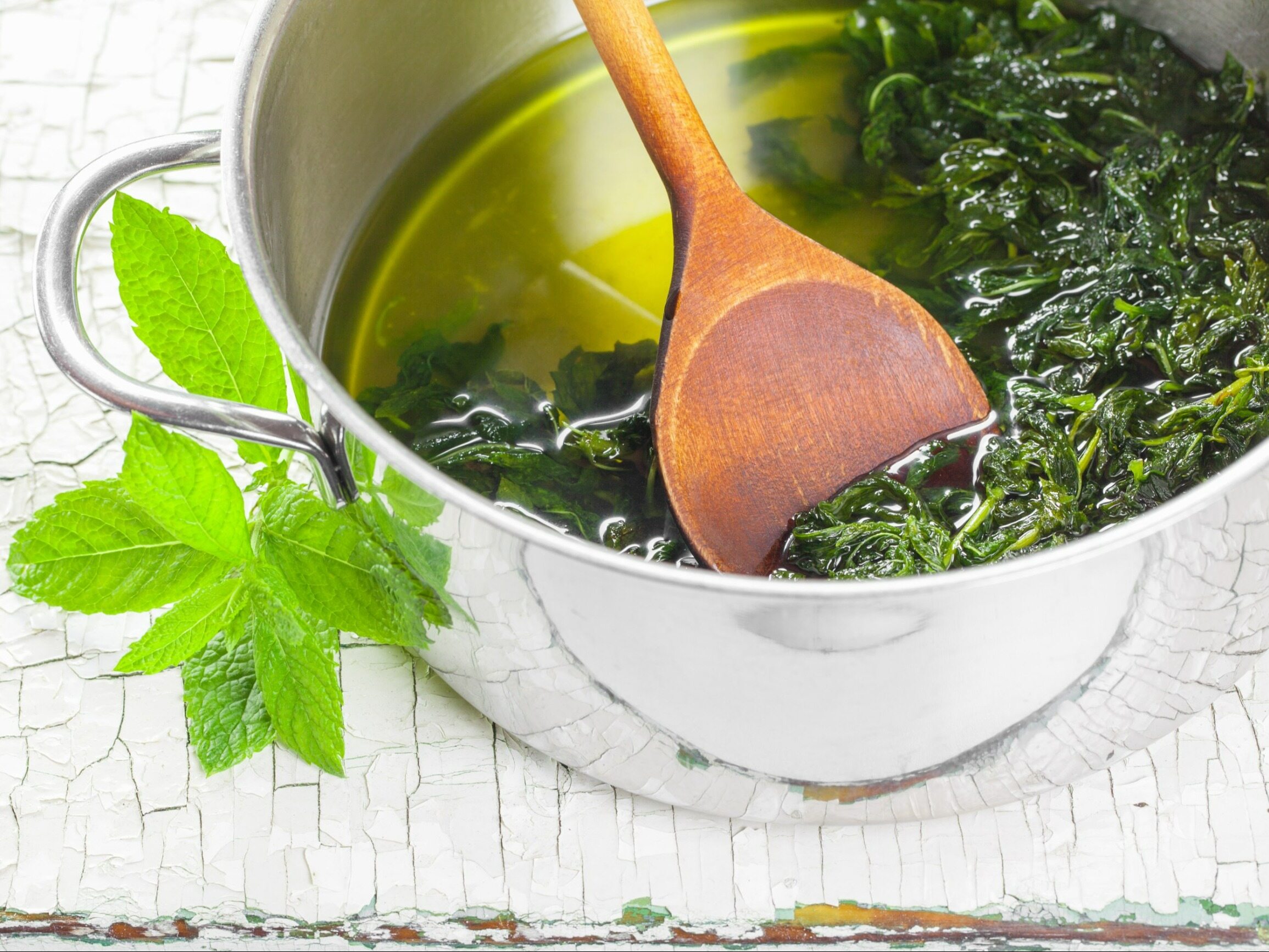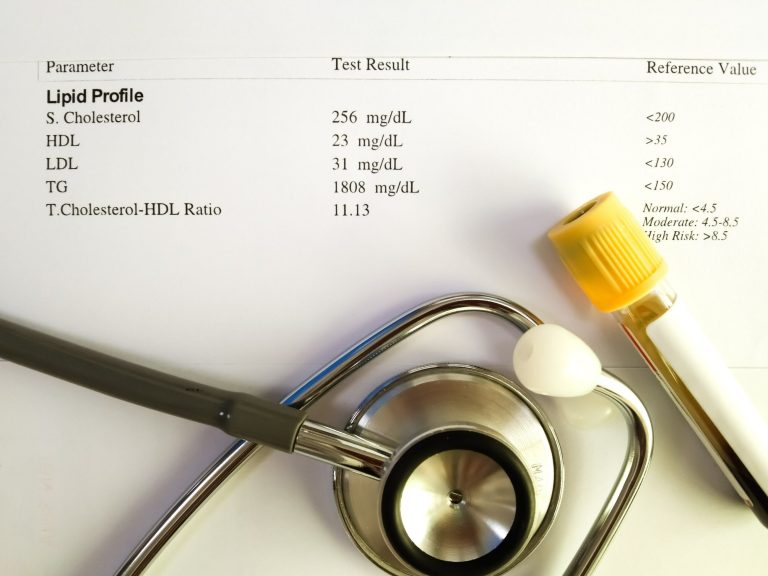Homemade mint syrup is an excellent base for drinks and a remedy for stomach pain. Get to know the recipe

Fresh mint syrup is easy to prepare. It is worth making it to enjoy the taste of mint, which is useful in many ailments. Mint syrup will help, for example, with stomach pain and colds. Check how to prepare homemade mint syrup and how to use it.
- Peppermint has medicinal properties
- Syrup and fresh mint juice – what are the differences?
- Recipe: Mint syrup
Mint syrup is a proven solution for flatulence, indigestion and colds, and a delicious, aromatic addition to drinks, non-alcoholic beverages, e.g. water with ice and lemon, which we like to drink on hot days, and desserts. It can be prepared from mint that grows in the garden or potted peppermint available in stores all year round. When purchasing mint, it is worth paying attention to its origin – it is best to choose herbs from organic farming. Mint that grows near a busy street is not suitable for consumption because it may be contaminated with e.g. lead.
Peppermint has medicinal properties
Peppermint has numerous health-promoting properties. It contains essential oils famous for their beneficial effects on the body, including: menthol, menthone, thymol and carvacrol. Peppermint herb and leaves are used not only in natural medicine. They are also an ingredient of many pharmacy medicines, herbal infusion mixtures and dietary supplements.
Mint has analgesic, antispasmodic, choleretic, carminative, anti-inflammatory and disinfectant properties. Moreover, mint improves digestion, supports the body’s immunity, clears the nose, relieves cough and has a cooling effect, which is why it is added to various ointments, e.g. for joint pain. Mint extracts are also used to relieve the symptoms of angina pectoris and states of excessive nervous tension.
Mint is one of the most researched herbs. It is worth taking it during gastrointestinal problems, inflammation of the mouth and throat, as well as preventively, e.g. after a heavy or large meal. Mint syrup is also a natural remedy for respiratory infections.
Mint syrup is one of the ways to use the health-promoting properties of peppermint. Traditionally, mint is harvested during the flowering period (July-August), but now fresh peppermint is available in pots all year round. It’s worth using it.
Syrup and fresh mint juice – what are the differences?
Fresh mint syrup is sometimes called mint juice. It is worth knowing that you can also prepare traditional juice from mint using a slow juicer. According to the definition of juice, no sugar is added to it. However, in our recipe we focus on the syrup, which, according to the nomenclature, is a concentrated solution of sugars.
Recipe: Mint syrup
Mint syrup is not only an aromatic addition to drinks, lemonade, tea and desserts. This mixture also reduces common health ailments, e.g. by supporting the digestive system, which has to cope with a heavy or very large meal.
- Category
- Addition
- Type of cuisine
- Traditional
- Preparation time
- 24 hours
- Number of servings
- 20
Ingredients
- 40-50 sprigs of fresh mint
- 1.5 liters of water
- 1.5 kg of sugar
- juice squeezed from 1 large lemon or 2 small lemons
A method of preparing
- Prepare mint sprigsMint twigs should have firm, intensely green and healthy leaves – they cannot have brown or yellow spots or other signs of diseases or pests. Immerse them in a bowl of cold water for a moment and wait until the sand on them sinks to the bottom. Remove the mint from the water, rinse it under running water and dry it on a paper towel, then divide it into smaller pieces.
- Boil the waterBoil 1.5 liters of water in a large pot. Turn off the burner and remove the pot from the stove.
- Combine sugar and lemon juice with waterPour 1.5 kg of sugar into hot water and add lemon juice. Mix everything until the sugar dissolves completely
- Add mintGently crush the mint sprigs in your hands to release the juice. Put them in the sugar syrup and mix thoroughly.
- Set aside the syrup to infuseIn order for the syrup to have an intense flavor and effectively reduce unpleasant symptoms, it must be left to infuse for several hours. Cover the pot with a tight-fitting lid (sugar syrup attracts fruit flies and wasps if you make it in summer) and store at room temperature for 12-24 hours.
- Boil the remaining syrupBring the remaining mint syrup to a boil and simmer over low heat for about 30 minutes. Pour the homemade mint syrup through a sieve. Squeeze the mint sprigs from the syrup in cheesecloth or a clean cloth.
- Boil the mint syrup again and pour it into the dishesBring the strained syrup back to the boil. Pour hot into sterilized bottles or sterilized jars. Cover tightly and pasteurize in a pot of water or in the oven for about 5-10 minutes.
Store ready-made homemade mint syrup in a cool and dark place.
Sources:
-
Collective work, The Great Herbarium of Medicinal Plants, Jedność Publishing House, 2019
-
Fiodor Mamczur, Jarosław Gładun, Medicinal plants in the garden, National Agricultural and Forest Publishing House, 1988
-
B. Kuźnicka, M. Dziak, Herbs and their use. History and the present – 3rd revised edition, National Medical Publishing House PZWL, Warsaw, 1984






